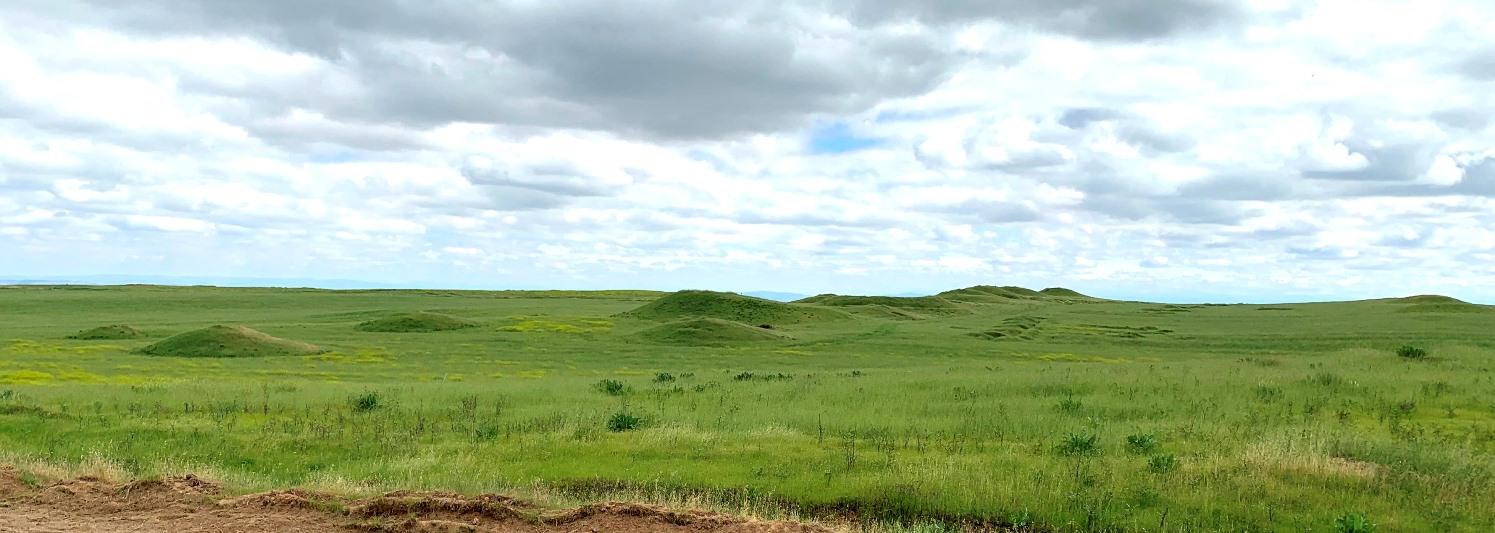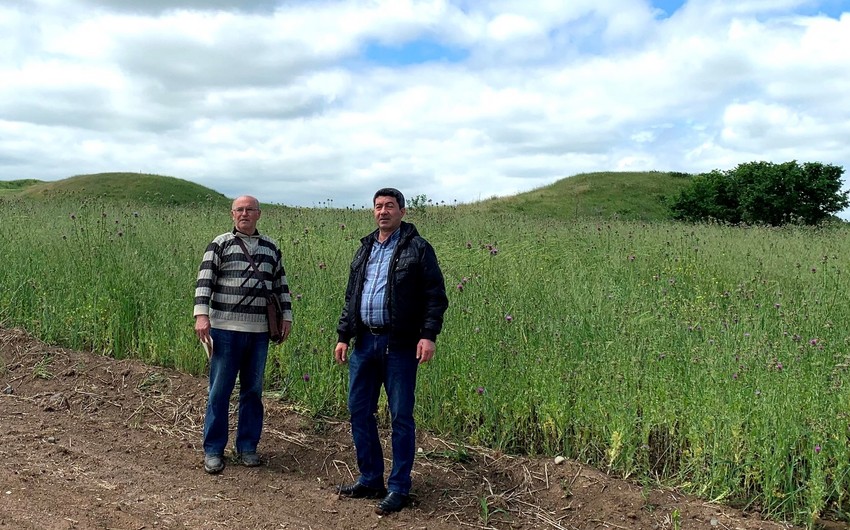The Victory Road from Fuzuli to Shusha passes through the Kondalanchay and Guruchay basins. Rich in ancient monuments, this road can be called a "Small Mesopotamia." Among these rivers that are a favorable and fertile place for economic life, there are historical and archeological monuments dating back to historical stages from the Old Stone Age (Azykh and Taglar caves) to the Late Middle Ages, the Institute of Archeology and Ethnography of ANAS told Report.
The institute stressed an urgent need to declare the area a historical reserve to preserve the rich natural and cultural landscape here:
"According to the Azerbaijan State Agency for Automobile Roads, there are mounds on the route of the Victory Road in the Fuzuli region. The employees of the institute paid a one-day visit to Fuzuli to check the information. In order not to damage the monuments, they inspected the building site jointly with construction specialists. It was found out that there are two hills each 10 meters high around the cemetery in the Shakarjik village, at the 35.4-km section of the Victory road. One of them is 35 m in diameter, and the other is 40 m. These hills are believed to be large burial mounds.
"During the occupation, a trench was dug at the western foot of each of these hills. The mounds are located between the cemetery of the Shakarjik village and the dam built on the Kondalanchay river. At the same time, tools and fragments of pottery made of obsidian (volcanic glass), which are signs of the settlement of the Late Bronze-Early Iron Age of the Khojaly-Gadabay culture, were collected in this area. Back in the 60s and 70s of the last century, archaeologist G.Ismayilzadeh recorded the Shakarjiktepe settlement of this period on the right bank of the Kondalanchay river and discovered surface material and cultural samples.

"The dense and tall grass cover of the inspected area, as well as the muddiness of the surrounding area after heavy rains, did not allow for extensive observations in the area. In any case, this area, along with the mounds, has historical and archaeological significance. In the future, archeological excavations will provide a clearer idea of the designation of these monuments.
"The short-term study also looked at the famous Garabulag mound in the northeast of Fuzuli, between the Victory Road and Kondalanchay, covering about 650 m (east-west) x 350 m (north-south). There are more than 20 large mounds here. In the late 19th century, A.A.Ivanovsky, a member of the Moscow Archaeological Society, excavated five of these mounds. Of course, this activity was carried out by digging only the central part of the mounds, contrary to the rules of archeological excavations.
"In addition, more than 20 mounds on the 26th km of the Ahmadbeyli-Fuzuli-Shusha road, on the left side of the old Garakhanbeyli-Fuzuli way leading to the ruins of Fuzuli, 1.5 km east of the village of Alasgarli, attract attention. Some of them were dug by the enemy during the occupation, and these monuments were damaged. Most of the mounds are lined up in a north-south direction, and some are located on the right and left of this line. As the area of Yedditepe has not been cleared of mines yet, it was not possible to conduct a detailed observation here. However, given that one of the lines will pass through here, it is necessary to conduct archeological excavations in the area after demining.
"The banks of the Guruchay and Kondalanchay rivers in the Fuzuli region are rich in Bronze Age settlements (III-II millennia BC) and tomb monuments. The mounds are important for the study of burial customs, anthropology, and material culture of Karabakh, as well as the Bronze Age of Azerbaijan as a whole.
"Thus, in just one day, more than 40 archeological monuments were identified in the zone of influence of the construction works on the Victory Road from the Kondalanchay valley, and several new monuments were discovered. In view of all this, it is necessary to conduct archeological research during the construction work in these areas and, in general, in the liberated lands. Along with the vital restoration and construction work in Karabakh, archeological research would have served to save our monuments and study our historical and cultural heritage."


 https://static.report.az/photo/391cc172-6afb-3f40-a88d-50d4b30afca8.jpg
https://static.report.az/photo/391cc172-6afb-3f40-a88d-50d4b30afca8.jpg

